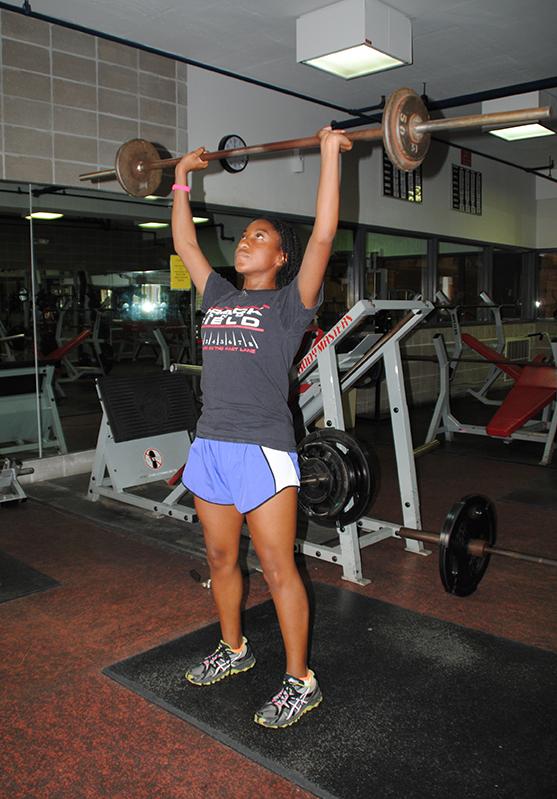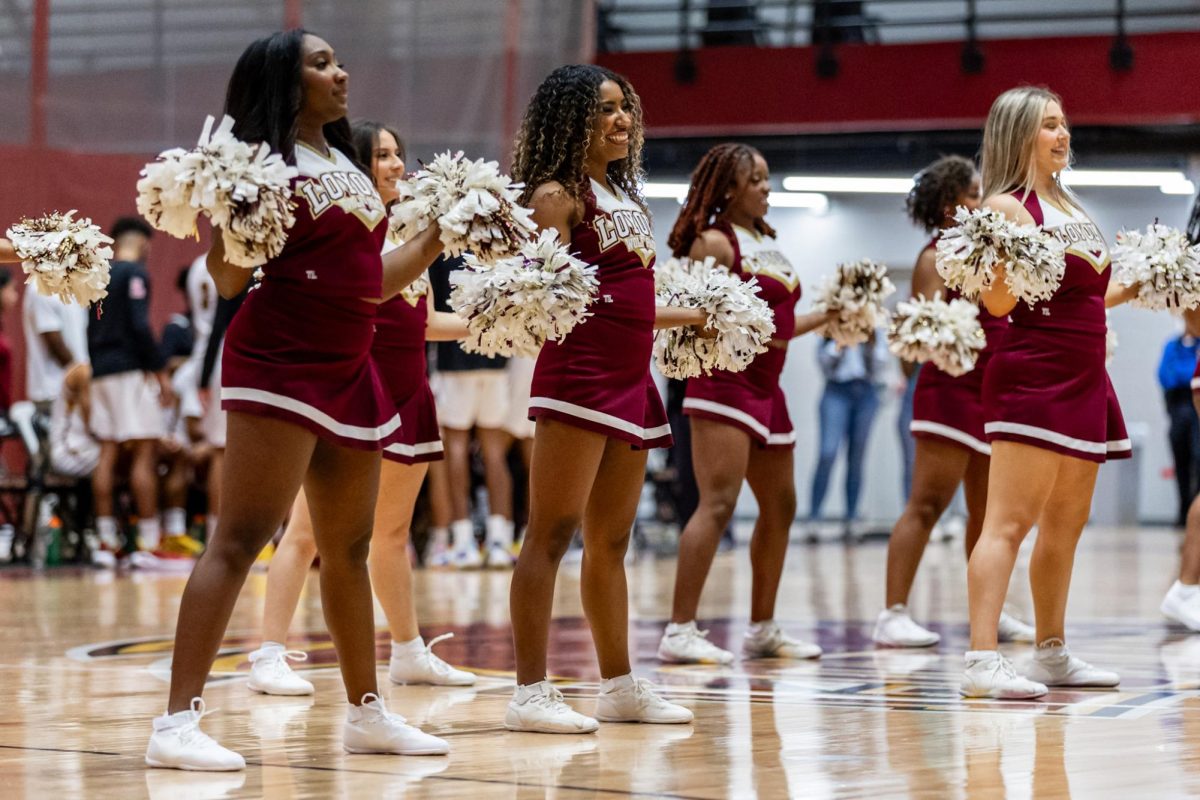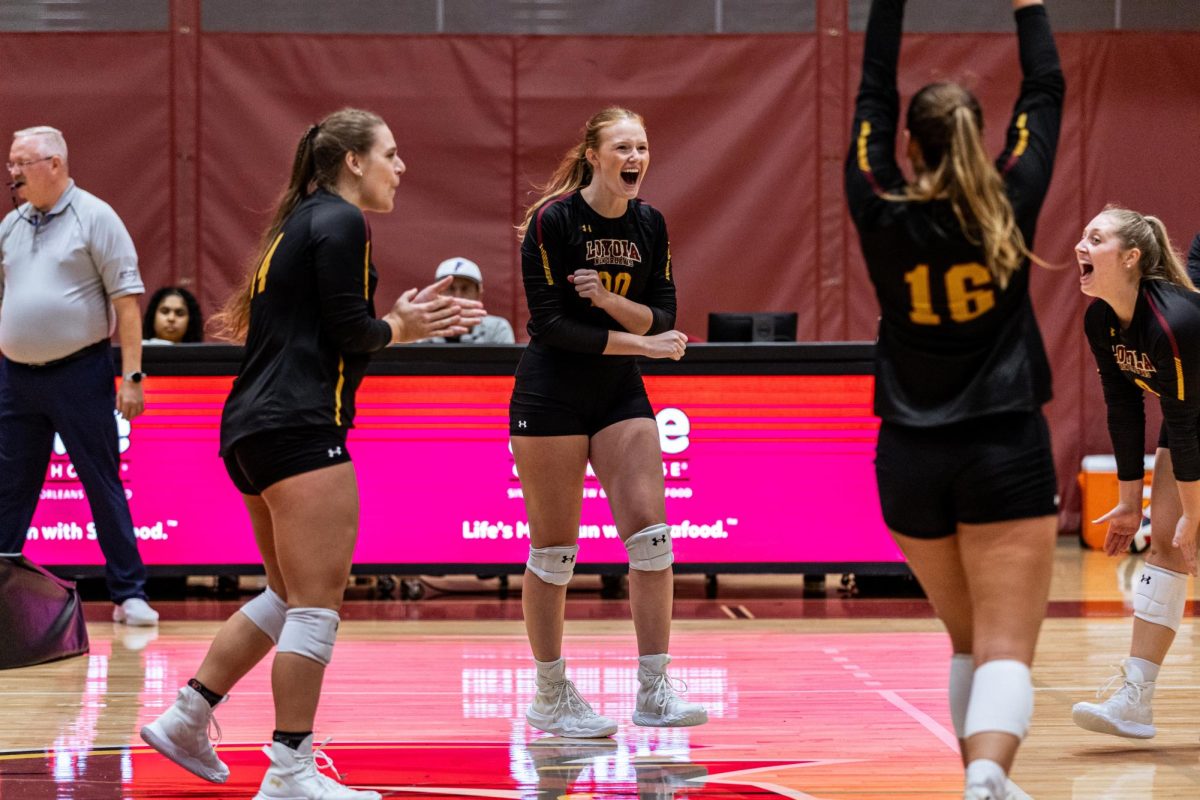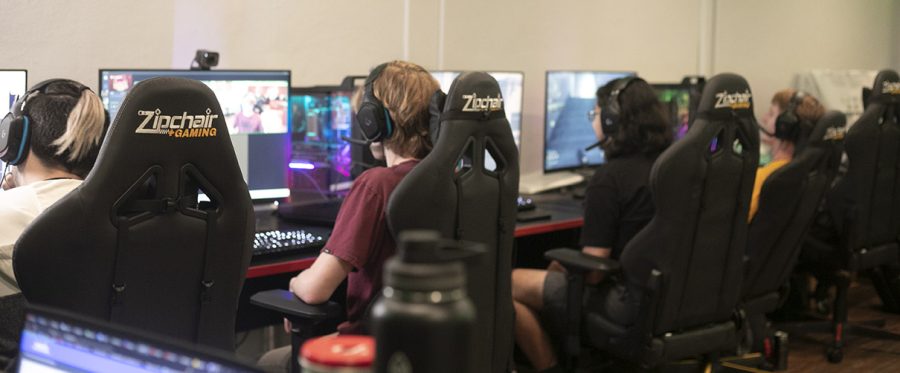One of the biggest disappointments gym-goers experience is spending a lot of time working hard in the gym with little to no results.
Norm Meltzer is a strength and conditioning specialist and the founder of M.W. Strength and Conditioning based out of New Bedford, Mass. Throughout his career, Meltzer has trained professional, Olympic, college and high school athletes.
Before I came to Loyola, I had the great pleasure of training with Meltzer and owe most of my own athletic success to the work I put in with him and his highly specialized training methods. When I asked Meltzer about this topic and if he had any advice, he gave me five mistakes to avoid while putting time in the gym.
#1: Avoid multitasking. This is one of the major mistakes gym-goers make while exercising. Reading newspapers and watching TV at the gym while working out is not as good an idea as it seems. Studies have shown that exercising while distracted tends to lower your average intensity and lower the number of burned calories. “Your mind isn’t focusing on what you’re doing physically,” Meltzer said. “And as a result you’re not getting as much out of your workout.”
#2: Not properly warming up. “The point of warming up before an athletic endeavor is to ready your body for the kind of stresses that you’re about to experience.” Meltzer said. “Whether it’s static stretching, active warm up, light warm up sets, etc., you have to sufficiently prepare your body for a given exercise.”
This part of training is often overlooked and people start too heavy or start exercising too hard too early. Slow down and take the time to make your workout count.”
#3: Only using heavy sets. Light sets are just as important as heavy sets. This is an adjunct to the warm up point. Light sets may serve as a good warm up; they allow you to work on elements of the exercise that can’t be addressed during heavy sets. “I worked out with a guy that benched over 500 pounds, and he used to take a first set with an empty bar,” Meltzer said. “Yet I see high school kids who max 165 start with 135.”
Light sets offer important benefits and should not be neglected or skipped.
#4: Inappropriate exercise prescription. 14-year-old high school students shouldn’t necessarily be doing the same things as a professional athlete. Swimmers have to worry about shoulder problems, distance runners don’t. From one sport to the next there are different athletic needs, and even in the same sport there are differences based on position. There are different body types, predispositions to injury, age considerations, varying fitness goals and so on. “Not everyone should be doing the same workouts,” Meltzer said. “Find a regimen that works for you and you can handle.”
#5: Not varying your routine. If you do the same thing all the time your body becomes accustomed and it may not serve as a sufficient exercise stimulus. There are many program design variables that can be manipulated to change a workout: choice of exercise, order of exercise, rest periods, volume and intensity, just to name a few. There are many people who do the same exercises with the same amount of weight and the same amount of reps and sets all the time. Switch up your regimen so you keep seeing progress and don’t plateau.
Sam Thomas can be reached at [email protected]

Mass communication sophomore Raquel Derganz Baker lifts weights at the University Sports Complex. Loyola students are given full access to the weight room and other exercise equipment. (SARA FELDMAN/PHOTO EDITOR)








